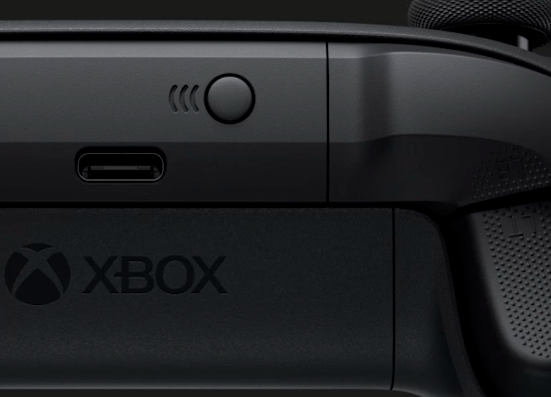This generation has proved that Teraflops, within a certain range (of less than 30%), are basically nothing more than a marketing gimmick. And I believe that's what Microsoft was chasing with Xbox Series X.
I don't get the feeling that Series X was made to be efficiently produced from a cost or performance standpoint. They wanted to get a bigger number than Sony. They felt that if they did, it would convince the console audience to shift just like it did during the PS4 era when PS4 was more popular. They would then somehow get a "pincer" movement with the Series S so they could attract price conscious consumers.
Clearly, that marketing strategy was a big failure. PS5 runs most games better despite "only" being 10 TF. We can speculate why, but IMHO it simply signals to me that Sony found that their approach to the clock speeds, unified RAM, and lower level software access simply enabled a console that could achieve better results than a brute force 12 TF with a lot of headscratching memory and software decisions.
As a result, Sony struck the right balance of cost and power, delivering what in "reality" has been the "world's most powerful console where it counts" at an attractive price of $399 starting. Cost conscious consumers in the console market are not as important as they used to be. I feel like this is the "Apple effect" taking hold for consumer purchases of consoles - sort of like, this is my primary gaming machine for the next 5+ years, I'd gladly pay up for the product I want.
MS set the 12 an 4 number without regard to the PS5. Let's be honest here, they are both using AMD Zen CPUs, the same AMD GPU tech, and so the power number was always going to be which console put the most CUs in with the best speed. There was no secret sauce in the power numbers
Sony's approach to their console wad set around back compatibility. The way they did it was around speed profile settings an CU count. The PS4 had 16 CUs. The Pro had 32 in a butterfly design where when someone put in a PS4 game half the GPU would shut down and the GPU speed would match the PS4 GPU speed.
Similarly, the PS5 kept the same CU count and when a PS4 or Pro game is uses the GPU drops down to the GPU speed profile of that console.
In the keeping with Sony's prior way of keeping BC, the next PS will have 72 CU in a butterfly design.
The Xbox went to a totally different GPU set up from the XO, a totally new development kit from the XDK to the GDK, and a new API in DX12U and new tools and libraries which are nowhere near as mature as the Playstation one.
As far as the slight differences between the two console which might add efficiencies or performance, there is the cache scrubbers on the PS5, which don't add to performance by any degree, and which could have been adopted by AMD, but they chose not to.
Primitive Shaders are basically the same as Mesh Shaders, and while no game on Xbox has used Mesh Shaders, some Sony first party games have used Primitive shaders.
The GE is AMD tech and not Sony, regardless if what people may wish to think.
On the XSX there is Sampler Feedback Streaming which absolutely will help with RAM usage and optimisation, which again, hasn't been used yet. VRS has been used and as the VRS 2.0 is adapted further it will help with performance. But don't forget, VRS doesn't add any power to a console, it's just robbing Peter to pay Paul.
There is also the Direct ML and lower precision ML in the XSX, which hasn't been used, may never be used, and might not do anything of value if it is used.
Software is a far bigger influence on performance this gen than the hardware is, and as it stands, Sony has by far the better software than MS at this point.
MS will adapt DX12 further, so who know what or when they will entail.









